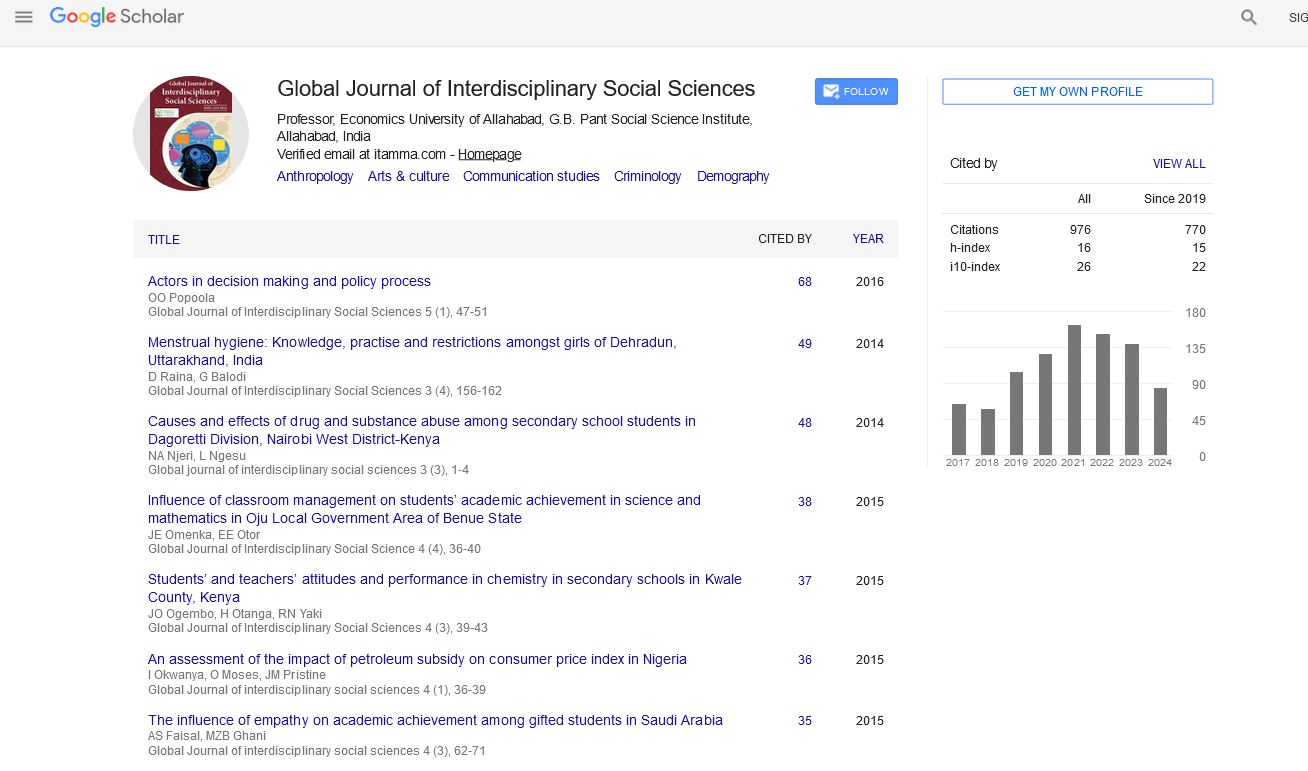Indexed In
- JournalTOCs
- Google Scholar
Useful Links
Share This Page
Journal Flyer

Open Access Journals
- Agri and Aquaculture
- Biochemistry
- Bioinformatics & Systems Biology
- Business & Management
- Chemistry
- Clinical Sciences
- Engineering
- Food & Nutrition
- General Science
- Genetics & Molecular Biology
- Immunology & Microbiology
- Medical Sciences
- Neuroscience & Psychology
- Nursing & Health Care
- Pharmaceutical Sciences
Abstract
A Narrative on the Monarchy as Breeding Ground for the Revolutionary in the Roman Empire (509-527 Bce) and the Inspiration Modern Day State Politics Can Drawn From It
Dr Nico P. Swartz
In the history of Rome, the period 133-131 BCE is one of revolutionary violence, political unrest and internecine struggles – unique in their nefarious, fratricidal ferocity. The revolution was directed against a ruling aristocracy that based its privileged position on ownership of agricultural land and knowledge of the existing law. In order to maintain their supremacy, the aristocracy deliberately cultivated a weak central authority in the state. The state functioned by means of annually elected officers – members of the nobility who were accountable to their peers. Foreseeably, the revolution was conducted in the economic and political spheres, but soon developed a military character when revolutionary impatience could no longer be checked. In the economic field, the attempts of the Gracchi, starting in 133 BC, to curb land tenure by the nobility met with limited success, but the brutal and high-handed reaction of the senatorial aristocracy unleashed forces, which materially contributed to the conflagration that engulfed Rome in the next century. In the legal-political field, where law was an esoteric science closely guarded by the nobility, Servius Sulpicius, a teacher of law par excellence, sought to wrest this monopoly of legal learning from the nobility, inter alia, by introducing Greek philosophical ideas. His efforts ensured the systematisation and eventually the codification and immortality of Roman law, but yielded insufficient tangible results for the present. Ultimately, the initiative was seized by military leaders whose zeal in cutting down the lives of men can only be matched by that of a Gengis Khan, a Robespierre, and a Trotsky. The aristocracy was annihilated and replaced by a single ruler, unrestricted in his powers, euphemistically called princeps.

